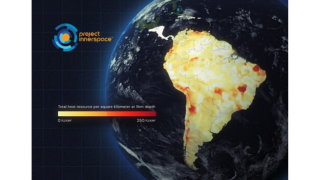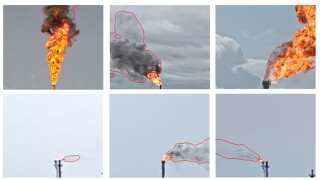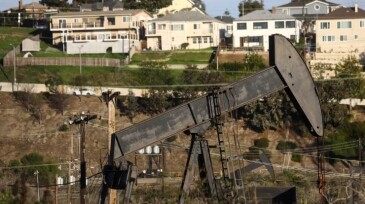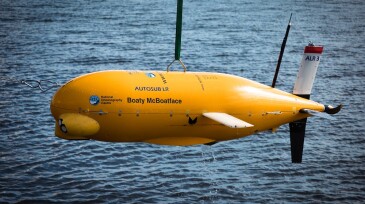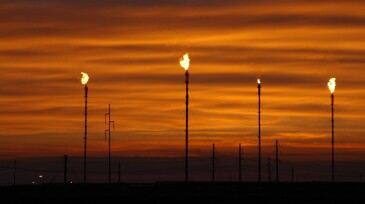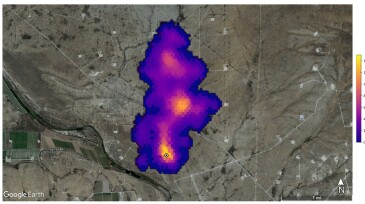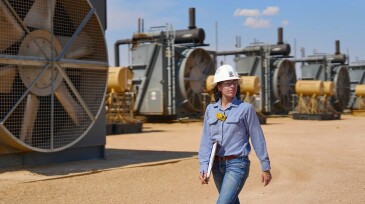Environment
A newly formed global coalition, Carbon Measures, aims to develop a ledger-based carbon accounting framework and champion market-based solutions to drive emissions reduction.
The freely accessible online platform is the latest in a series of maps designed to reveal the continent’s untapped geothermal potential.
This paper focuses on developing a model that can be used in an automated, end-to-end flare-smoke detection, alert, and distribution-control solution that leverages existing flare closed-circuit television cameras at manufacturing facilities.
-
Roughly 190 nations, aiming to halt a dangerous decline in biodiversity, agreed to preserve 30% of the planet’s land and seas. The United States is not officially a participant.
-
In a 12-0 vote, the Los Angeles City Council approved an ordinance that will immediately ban new oil extraction and shut down existing operations within 20 years. The historic decision comes after years of complaints by residents about how pollution from nearby drilling has caused them health issues.
-
The Seaeye Falcon underwater robot is being used in the decommissioning and repurposing of an oil rig offshore Angola.
-
The new listing aims to prevent further loss of habitat for the flamboyant, stocky birds, which have drastically dwindled in population.
-
A recent mission that saw the robot submarine Autosub Long Range, better known as "Boaty McBoatface," explore and visually map end-of-life oil fields has been hailed as a success.
-
Data from member companies reveals an increased intensity in greenhouse-gas emissions for 2021. And, while flaring increased, too, long-term trends on that practice are clearly moving downward.
-
Built to help scientists understand how dust affects climate, the Earth Surface Mineral Dust Source Investigation can also pinpoint emissions of the potent greenhouse gas.
-
The company says its methane intensity has gone down by more than 50% since 2016.
-
Increasingly intense heat waves, wildfires, and droughts are forcing costly adaptations.
-
In the search for leaks, more oil and gas companies are making the argument that ground-based inspections cannot compete with aerial surveys.


